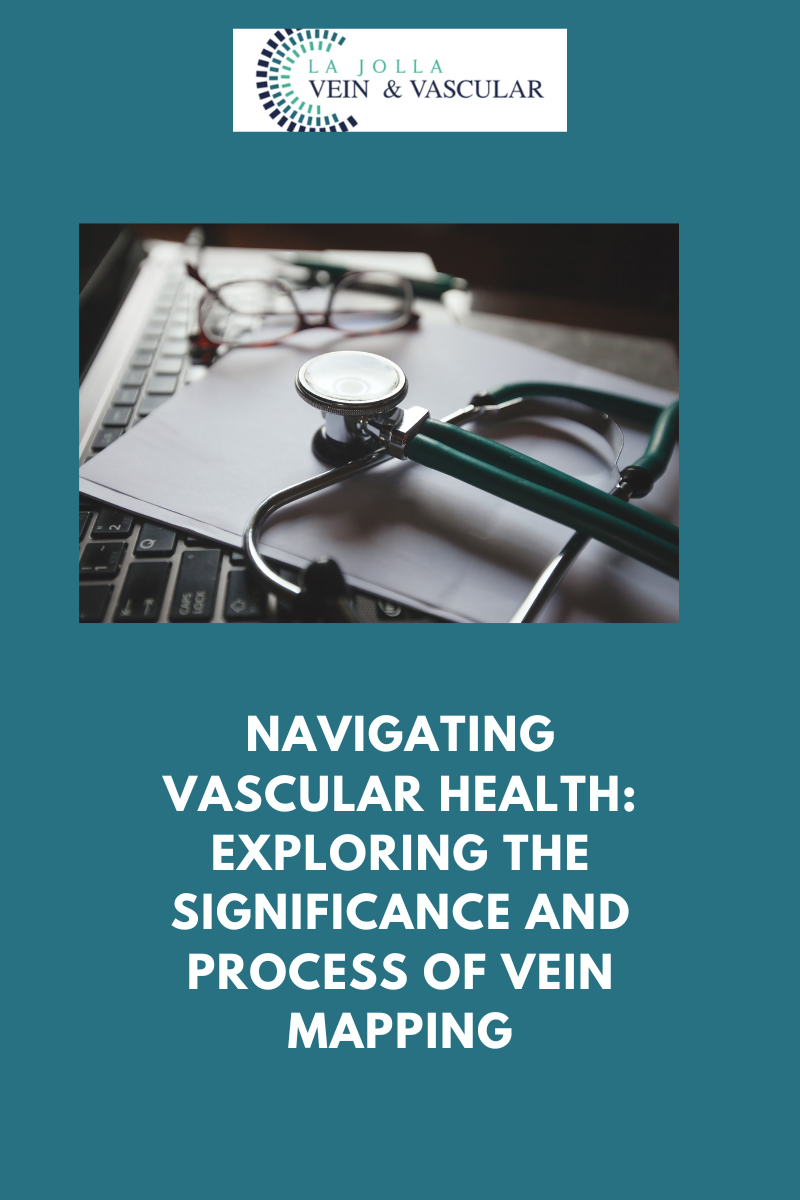COVID Vaccine Concerns and Blood Clots

Johnson & Johnson Vaccine Blood Clot Concerns: What is a Deep Vein Thrombosis (DVT)?
Blood clots associated with the Johnson & Johnson vaccine have caused pause and concern. As a result, the United States is recommending a pause on administering the single-dose Johnson & Johnson coronavirus (COVID-19) vaccine after reports of six women experiencing blood clots within three weeks after their inoculation, according to the CDC. Specifically, six women between the ages of 18 and 48 developed unusual blood clots in combination with low platelets, 6 to 13 days after vaccination. There have been no reports of blood clots related to the Johnson & Johnson vaccine in San Diego County (out of nearly 60,000 doses given). It is unclear if the rare blood clotting disorder is related to the vaccine administration or not, as 7 million people have received the vaccine.
A deep vein thrombosis (DVT) is a blood clot in one of the veins in the deep venous system. There are 2 types of veins in the legs, deep and superficial. Deep veins are deep within the muscle and are responsible for 90% of the blood return from the legs to the lungs and heart. These veins are necessary for life. Superficial veins are in the subcutaneous tissue and lie outside of the muscle, closer to the skin. Blood clots located in a deep vein, most commonly occur in a leg or arm.

Johnson and Johnson Vaccine and Deep Venous Thrombosis. Deep venous thrombosis is when a blood clot forms within the leg veins
Blood clots occur when the blood thickens and sticks together. A blood clot in the deep veins can break off and travel up through the bloodstream, becoming an embolism. The most serious and immediate concern is a pulmonary embolism (PE), which is when the blood clot travels to an artery in the lungs and blocks blood flow. This can cause damage to the lungs or other organs and can cause death. A blood clot in the thigh is more likely to break off than a clot in the lower legs. DVT and PE are also known as VTE (venous thromboembolism). In general, VTE affects as many as 900,000 Americans each year.
What are the signs and symptoms of a blood clot?
Many people with DVT have no symptoms at all. Symptoms depend on the size of the clot and the veins affected. But here are the most common symptoms that occur from a DVT in the legs:
- Swelling (typically in the leg. Blood clots in the arm can cause arm swelling)
- Leg Pain (especially with walking)
- Tenderness
- Redness of the skin
- PE Symptoms
- Difficulty breathing
- Faster than a normal or irregular heartbeat
- Chest pain or discomfort, which usually worsens with a deep breath or coughing
- Coughing up blood
- Very low blood pressure, lightheadedness, or fainting

Johnson & Johnson Vaccine Blood Clot Concerns. A Deep Vein Thrombosis (DVT) blood clot in the leg can cause pain and swelling.
How is a deep vein thrombosis (DVT) diagnosed? A DVT is diagnosed by a venous ultrasound of the leg. A physician will decide if a blood thinner is needed for the treatment of the blood clot based on a variety of factors. If a blood clot is suspected, an ultrasound is necessary immediately and a physician should be notified. Read more about venous ultrasound imaging at La Jolla Vein Care to detect blood clots.





